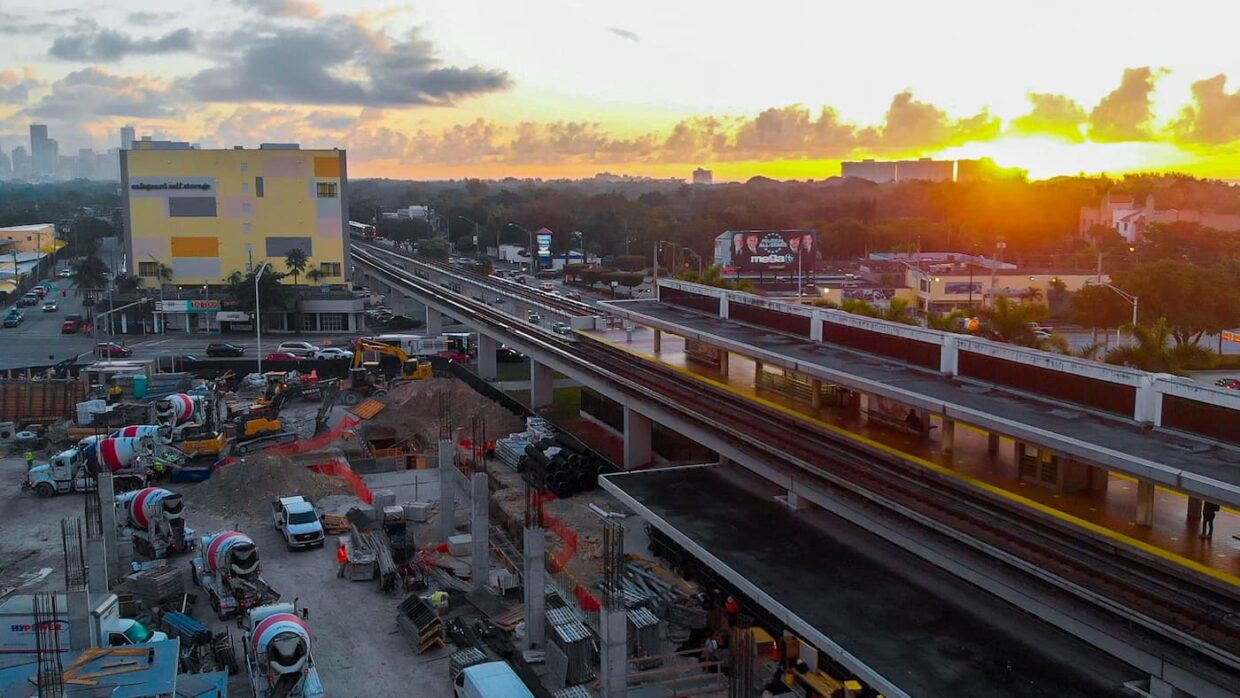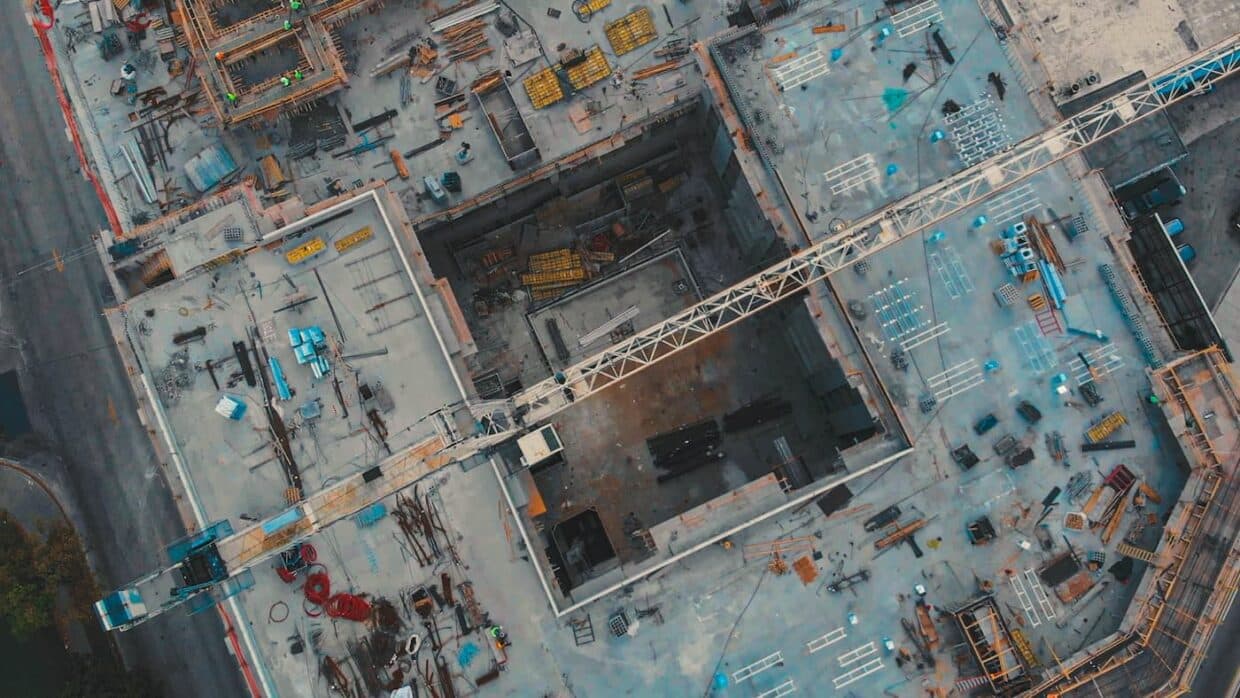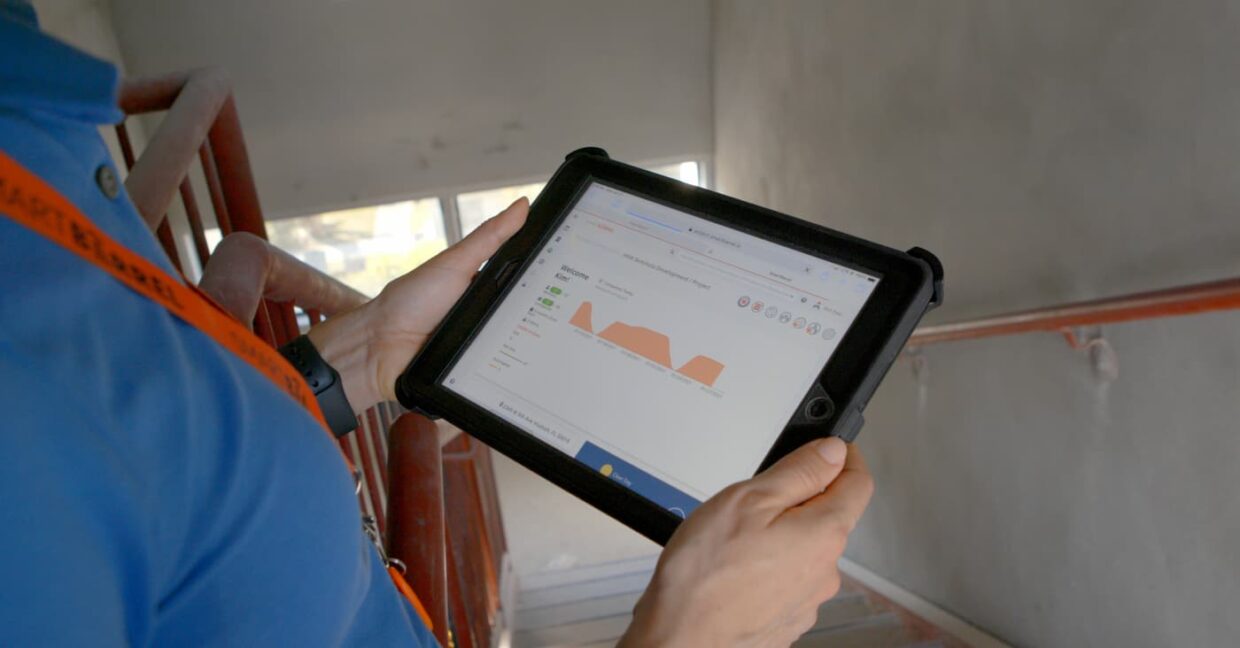The growing progress of construction demands strong labor oversight to help teams meet project objectives. Modern technologies create a foundation for contractors to increase work output alongside safety measures while making all operations run better. Studies by Colorado State University’s Construction Management Department show how technology improves project work levels
Blog

Top 5 Portable Construction Time Clocks For 2025
Portable time clocks provide a much-needed solution for construction management, allowing for accurate time tracking with teams of all sizes. Check out this list of top portable construction time clocks and find the right one for your company.
Paper timesheets have their drawbacks. Time tracking apps are great for some
Tags: Resource Featured

How To Eliminate Time Theft Using Modern Technologies
The construction industry thrives on precision, accountability, and efficiency. Yet, there is one major oversight that completely derails these three key principles: time theft. In an industry where potentially every hour counts, the unchecked draining of time can drain resources, disrupt schedules, and inflate costs. In other words, addressing this

Comparing Time and Materials and Fixed Fee Contracts for Construction Success
Choosing the right type of contract in the construction industry becomes an important issue since it affects the project’s total cost, duration, and success. Contractors often have to decide whether to use a time and materials contract, which offers different benefits or challenges, or a fixed-fee contract. Understanding the ins

Understanding The Hidden Costs Of Labor Burden In Construction
The construction burden refers to all indirect expenses involved in hiring a worker other than the payments they receive per hour. These hidden expenses, such as payroll taxes, insurance, benefits, and workers’ compensation, can hurt the financial outcome of a project. If out of control, the labor burden can exceed

How Geofencing Is Transforming Attendance Tracking In Construction
Geofencing is a location-based technology that helps track attendance in the construction industry, as it uses GPS to set virtual boundaries for people. By creating virtual boundaries around construction sites, companies can automate the check-in and check-out process, ensuring precise and reliable attendance data. The need to manually enter work

The Future of Labor Tracking: What Contractors Need to Know
Current methods of labor tracking in construction have come a long way. With studies showing that automated labor tracking systems can reduce administrative costs in companies by up to 30%, it has become very important for assessing the success of any particular project. Due to the increasing intricacy of construction

How Real-Time Construction Data is Transforming the Industry’s Future
The construction industry is defined by constant pressure to meet deadlines, stay within budget, and overcome unexpected challenges. In this high-pressure environment, staying ahead of the curve isn’t just an advantage—it’s a necessity. Enter real-time construction data: the game-changer that’s redefining how projects are planned, managed, and executed.
Real-time data

Timesheet Automation: The Future of Labor Management
The construction industry, known for its harsh environment, dynamic workforce and complex operation, is constantly changing, in order to make the most of the digital solutions that can help organize and optimize processes while boosting the project’s efficiency. One of the biggest innovations is timesheet automation, which has become a

Time & Materials Billing Guide for Specialty Contractors and Self-Perform General Contractors
Many contractors in the construction industry use Time and Materials (T&M) billing to manage project costs on complex jobs, where the scope can change at a moment’s notice. With more mega projects being built, like Data Centers and Semiconductor plants, we are seeing owners and general contractors move into T&M

